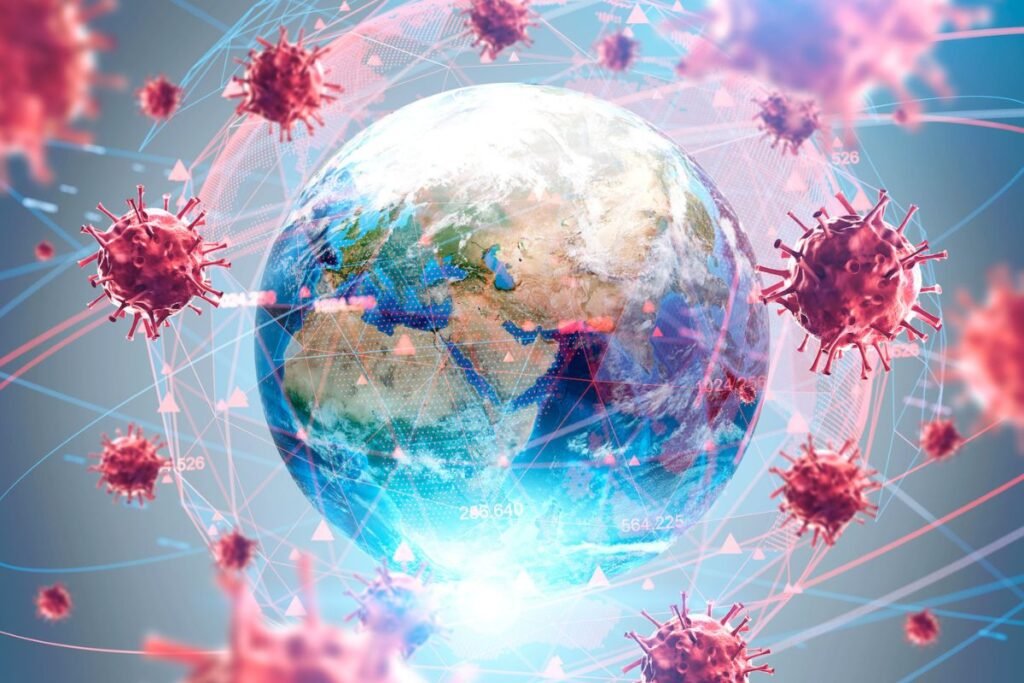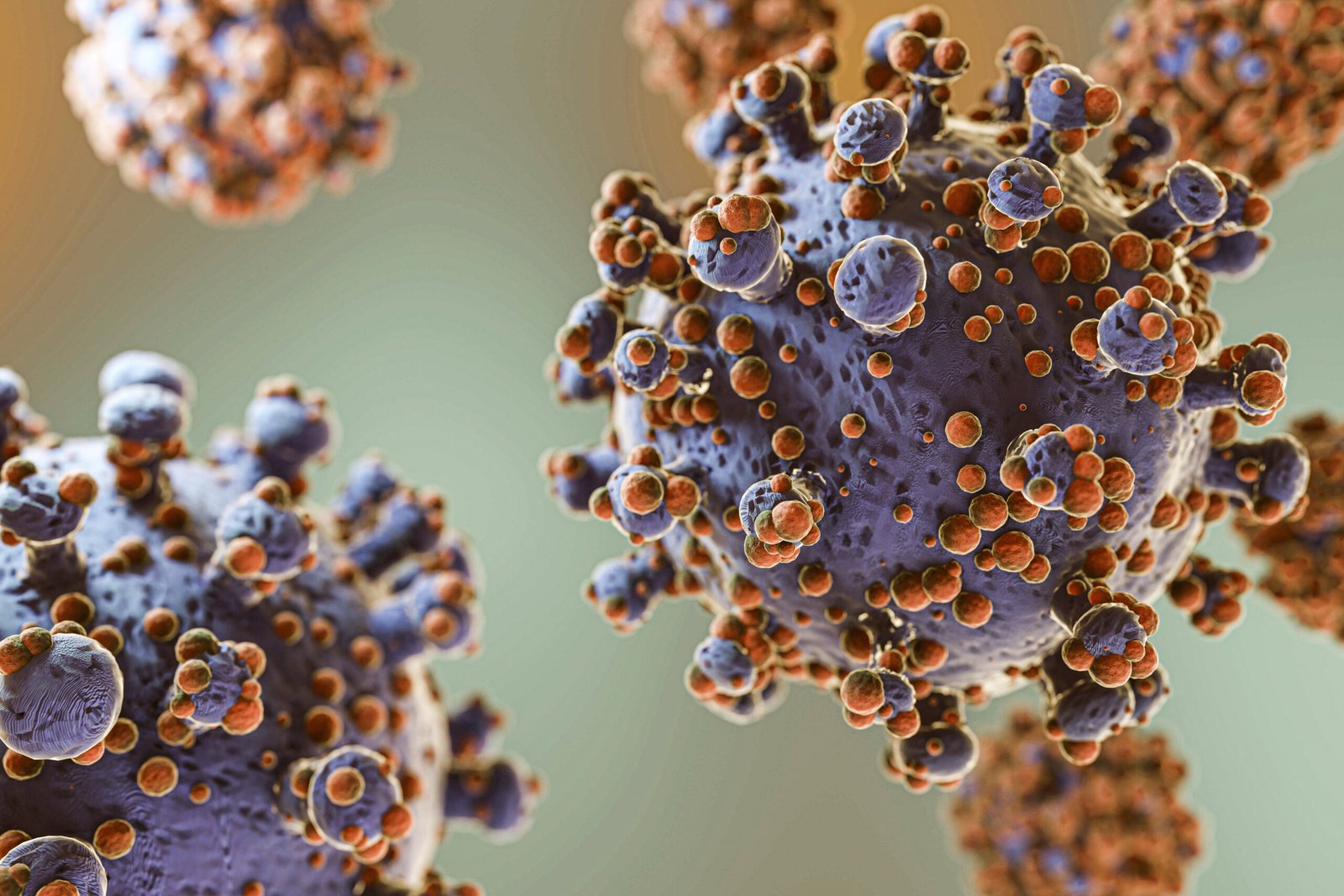Diseases: The 10 Most Common Diseases In The World

Introduction
Health is one of the most valuable assets we possess, and maintaining it in good condition is crucial for a long and happy life. However, various diseases threaten this well-being, some more common and well-known than others. This article explores the 10 most common diseases affecting the global population, providing valuable insights on prevention, symptoms, and treatments.
Have you ever wondered what the most prevalent diseases in the world are and how they might impact your life and that of your loved ones? The answer to this question can be surprising and alarming, but it also offers an opportunity for learning and preparation. Stay with us as we delve into these illnesses and provide essential tips to keep your health in check.
1. Cardiovascular Disease
Cardiovascular disease is the leading cause of death worldwide. This category includes conditions such as heart attacks, strokes, and hypertension. The disease primarily affects the heart and blood vessels, leading to severe health complications if not managed properly. Risk factors include smoking, poor diet, lack of exercise, and genetic predisposition.
Prevention and Treatment
Preventing cardiovascular disease involves maintaining a healthy lifestyle. Regular exercise, a balanced diet rich in fruits and vegetables, and avoiding tobacco and excessive alcohol consumption are crucial. Medications to control blood pressure, cholesterol levels, and other related conditions are often prescribed to manage the disease.
2. Cancer
Cancer is another leading cause of death globally. This group of diseases is characterized by the uncontrolled growth and spread of abnormal cells. There are many types of cancer, including lung, breast, prostate, and colorectal cancer. The causes of cancer are multifactorial, including genetic factors, environmental exposures, and lifestyle choices.
Prevention and Treatment
Early detection through screening tests like mammograms, colonoscopies, and skin checks is vital for effective treatment. Treatment options include surgery, radiation therapy, chemotherapy, and targeted therapies. Lifestyle changes such as quitting smoking, maintaining a healthy weight, and reducing alcohol intake can also help lower the risk.
3. Chronic Respiratory Diseases
Chronic respiratory diseases such as chronic obstructive pulmonary disease (COPD) and asthma are widespread. These conditions obstruct airflow and cause breathing difficulties. Smoking is the primary risk factor for COPD, while asthma often has allergic triggers.
Prevention and Treatment
Avoiding smoking and exposure to pollutants can significantly reduce the risk of chronic respiratory diseases. Inhalers, steroids, and other medications are commonly used to manage symptoms. Regular check-ups and pulmonary rehabilitation can also help improve lung function and quality of life.
4. Diabetes
Diabetes is a chronic condition characterized by high blood sugar levels. There are two main types: Type 1, where the body does not produce insulin, and Type 2, where the body becomes resistant to insulin. Diabetes can lead to severe complications like heart disease, kidney failure, and nerve damage if not controlled.
Prevention and Treatment
Maintaining a healthy diet, regular physical activity, and monitoring blood sugar levels are essential in managing diabetes. Medications, including insulin, may be necessary for some individuals. Early detection and lifestyle modifications can prevent or delay the onset of Type 2 diabetes.
5. Alzheimer’s Disease and Dementia
Alzheimer’s disease is the most common cause of dementia, affecting millions of people worldwide. This progressive neurological disorder leads to memory loss, cognitive decline, and changes in behavior. Age is the most significant risk factor, but genetics and lifestyle also play a role.
Prevention and Treatment
While there is no cure for Alzheimer’s, treatments can help manage symptoms. Medications like cholinesterase inhibitors and memantine can slow cognitive decline. Lifestyle interventions, including regular physical and mental exercise, a healthy diet, and social engagement, may help reduce the risk.
6. Influenza and Pneumonia
Influenza and pneumonia are significant causes of illness and death, particularly in vulnerable populations like the elderly and young children. Influenza is a viral infection, while pneumonia can be caused by bacteria, viruses, or fungi. These respiratory infections can lead to severe complications, especially in individuals with weakened immune systems.
Prevention and Treatment
Vaccination is the most effective way to prevent influenza. Good hygiene practices, such as handwashing and avoiding close contact with sick individuals, can also help. Pneumonia treatment depends on the cause but often includes antibiotics, antiviral medications, and supportive care like oxygen therapy.
7. Kidney Disease
Chronic kidney disease (CKD) is a gradual loss of kidney function over time. Risk factors include diabetes, hypertension, and a family history of kidney disease. CKD can lead to kidney failure, requiring dialysis or a kidney transplant for survival.
Prevention and Treatment
Managing underlying conditions like diabetes and hypertension is crucial in preventing CKD. Regular monitoring of kidney function and avoiding nephrotoxic substances can help maintain kidney health. In advanced stages, dialysis or transplantation may be necessary.
8. HIV/AIDS
HIV/AIDS remains a significant global health issue, despite advances in treatment. HIV attacks the immune system, leading to acquired immunodeficiency syndrome (AIDS) if untreated. The virus is transmitted through contact with infected blood, semen, vaginal fluids, and breast milk.
Prevention and Treatment
Preventing HIV involves safe sex practices, regular testing, and the use of pre-exposure prophylaxis (PrEP) for high-risk individuals. Antiretroviral therapy (ART) can effectively manage HIV, allowing individuals to live long, healthy lives. Education and awareness campaigns are essential in reducing stigma and promoting prevention.
9. Tuberculosis
Tuberculosis (TB) is a bacterial infection that primarily affects the lungs. It is spread through the air when an infected person coughs or sneezes. TB can be latent (inactive) or active, with the latter being contagious and symptomatic.
Prevention and Treatment
The BCG vaccine provides some protection against TB. Early detection through screening and the use of antibiotics are crucial in treating TB. Completing the full course of treatment is essential to prevent drug-resistant TB strains.
10. Malaria
Malaria is a mosquito-borne disease caused by Plasmodium parasites. It is prevalent in tropical and subtropical regions and can be fatal if not treated promptly. Symptoms include fever, chills, and flu-like illness.
Prevention and Treatment
Preventing malaria involves using insect repellent, sleeping under mosquito nets, and taking antimalarial medications when traveling to high-risk areas. Treatment typically includes antimalarial drugs, and early intervention is critical to prevent severe complications.
Conclusion
Understanding the 10 most common diseases that impact global health is crucial for prevention and effective management. By adopting healthy lifestyle practices, staying informed about risk factors, and seeking early treatment, we can significantly reduce the burden of these diseases on individuals and healthcare systems. Stay proactive about your health, and encourage those around you to do the same.
By being aware of these common diseases and taking steps to prevent and manage them, we can improve overall health outcomes and enhance the quality of life for ourselves and our communities.
Read more about The top 10 causes of death.
Check our blog for more information about diseases.





Pingback: Cardiovascular Disease: Understanding the Leading Cause of Death Worldwide -
Pingback: Crohn's Disease: Understanding the Chronic Inflammatory Condition
Pingback: Rheumatoid Arthritis: Understanding the Chronic Autoimmune Disease
Pingback: Gut Health: Understanding, Preventing, and Managing Digestive Disorders -
Pingback: Prostate Cancer: Understanding the Disease, Symptoms, Prevention, and the Importance of Early Detection -